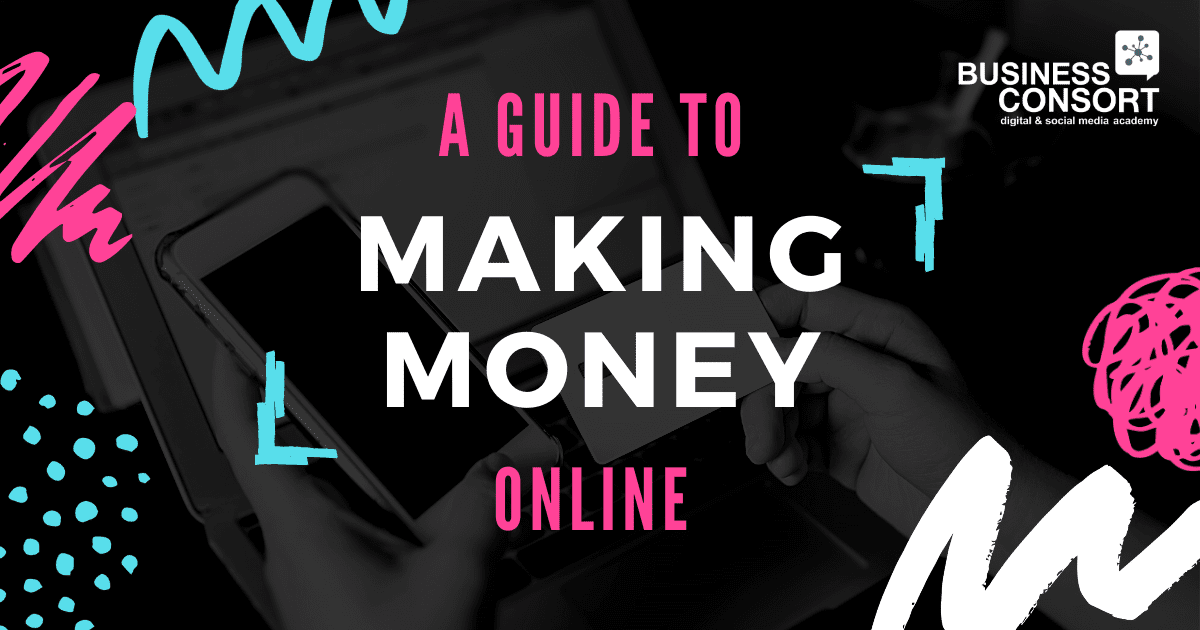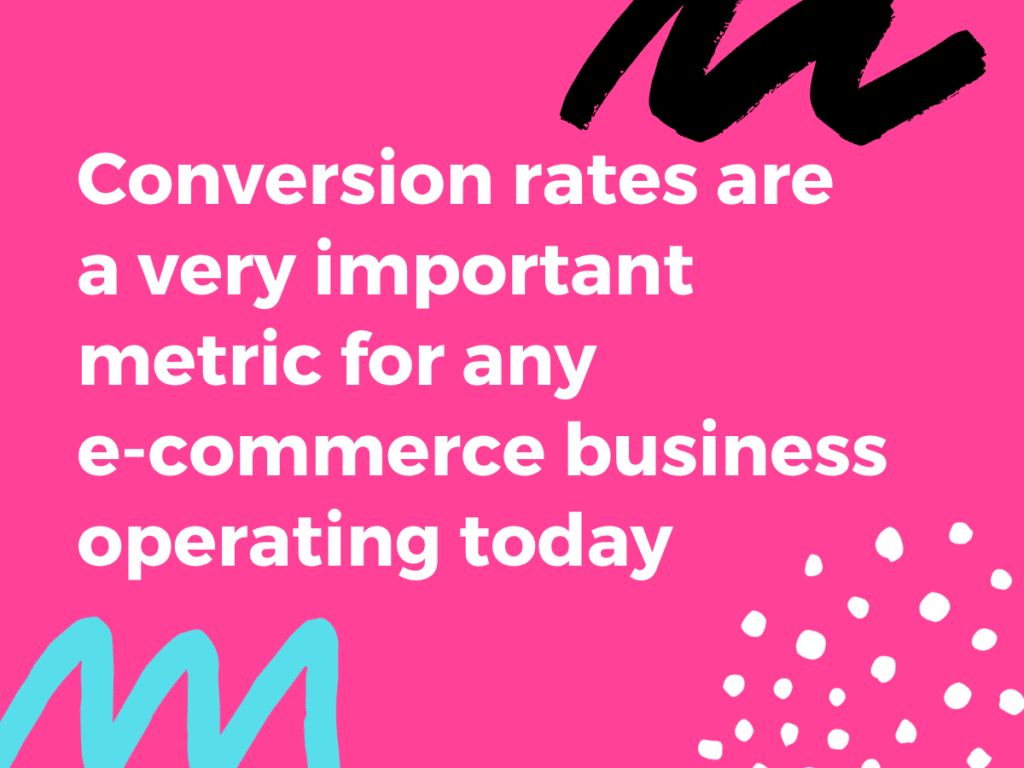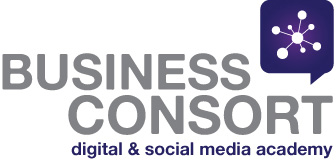What Does e-Commerce Mean

E-commerce is an essential component of the modern global economy. E-commerce has made borderless trade a reality, enabling businesses to sell their products and services across the world. However, there are a great many misconceptions about exactly what e-commerce is and what it means in today’s world.
E-commerce websites today are much more varied than just Amazon and the other usual suspects. Below, you will find an explanation of what e-commerce is and the most important concepts involved.
What Does E-commerce Mean?
The term e-commerce simply means ‘electronic commerce’. This refers to all commerce that is conducted via digital platforms. The most obvious example of e-commerce would be internet sites that facilitate the buying and selling of goods and services, but these are far from the only form of e-commerce in existence today.
When most people think of e-commerce, they think of businesses like Amazon that ship physical goods to customers. In the early days of the internet and e-commerce, businesses like Amazon accounted for the vast majority of e-commerce traffic and activity. But selling digital services is just as common as selling physical goods now.
E-commerce is a subset of the broader category of e-business, which describes any internet-based business. E-commerce is concerned only with the transactional features of those businesses. In order for e-commerce businesses to operate, it needs to employ the services of other businesses such as payment processors. This means that e-commerce businesses are dependent upon the services of other e-commerce businesses to be able to survive and operate.
It is generally accepted that the first-ever e-commerce transaction occurred in 1994 when the website NetMarket was used to sell a Sting CD owned by the owner of the website. Since then, we have all witnessed the meteoric rise of e-commerce, which has gone from being a niche idea to something that many of us use on a near-daily basis.
Businesses of all sizes, from individual freelancers right up to big mega-corporations, have benefited from the advent of e-commerce. For many businesses, selling via the internet represents a huge cost-saving for a variety of reasons. One of the most significant advantages of selling through an e-commerce website is that businesses can hold stock of their products, either at a warehouse or at their main business premises, and then ship them as they are ordered. This is often much more efficient than trying to order the right amount of stock for a physical retail outlet.

What Is Conversion In E-commerce?
The conversion rate of an e-commerce business refers to the number of visitors to the store that go on to become paying customers. Just as regular retail outlets will measure their total footfall – the number of people who are coming through the door – and then work out how many of these people go on to make a purchase, e-commerce stores will also monitor their visitors to see where they go and what they do.
As many people who have worked in a physical retail store will know, there are a number of different activities that stores might be interested in measuring the conversion rate for. For example, if a store operates a loyalty or reward card scheme, then they will want to know how many of their paying customers are being converted into loyalty card owners. Similarly, e-commerce websites may be interested in more than just how many visitors go on to buy products. They might also want to measure the proportion of them that sign up to an email subscriber list, create an account, or take any other option.
Conversion rates are a very important metric for any e-commerce business operating today. Conversion rates exist irrespective of other metrics, including business size. Both small and large e-commerce businesses will use conversion rates as a measure of the success of their approaches, and both will aim for similar goals. Just because a business is substantially larger, it doesn’t necessarily mean it should expect to be able to earn a significantly higher conversion rate.
Many of the most effective tactics for increasing conversions will be free to implement, although paid advertising can also play a part in the process. For example, the layout and overall design of a website are important factors that affect conversions. If you want to convert website visitors into email subscribers, then presenting them with a simple and streamlined signup form means they will be more likely to fill it in and submit it than they would be if they had to fill in a long and complicated form.
What Is Ecommerce Sales?
For e-commerce businesses, making sales is just as important as it is for any other business. But in the online realm, there is a different set of principles and rules to follow. The tools available to e-commerce businesses are also different from those that regular businesses use, even if they are used to achieve the same thing.
For example, all kinds of businesses need to build brand awareness in order to maximize their sales but e-commerce businesses have some unique tools in their toolkit. E-mail subscriber lists have been an integral component of digital marketing strategies for some time now, and they are crucial for driving e-commerce sales.
E-commerce sales professionals are often multi-disciplined, having to call on a range of different skills over the course of their work. The majority of digital marketing today is data-driven, meaning that a background in data is going to be helpful for anyone who wants to pursue a career in e-commerce sales. Similarly, social media platforms are important arenas for digital marketing, and any long-term strategy for generating e-commerce sales will inevitably involve a social media marketing component.

As well as having a good working knowledge of these techniques, e-commerce salespeople need to know how to use them both individually and in concert with one another. Thanks to the emergence of e-commerce platforms like Shopify, which make it easy to start and maintain an e-commerce website, it is easier than ever before for budding e-commerce salespeople to learn and practice their craft.
What Types Of Services Are Offered By Ecommerce Retail Websites?
There are five broad categories of service that e-commerce websites might offer to their users. These are business to business (B2B), business to customer (B2C), consumer to business (C2B), business to employee (B2E), and consumer to consumer (C2C). Before you can settle on an e-commerce platform or begin designing a website, you will need to know which type of service you are offering.
Business to business services are services that one business sells to another. In today’s world, the range of services that an e-commerce business might sell to another business is endless. Business to business services are sometimes known as electronic data interchange, reflecting the nature of the majority of the services that are sold. For example, e-commerce websites need payment processing services if they are going to be able to take money from their customers. Similarly, e-commerce websites are dependent on digital marketing, and many businesses will outsource their digital marketing to other outside businesses.
Business to consumer services are services that are sold directly to consumers. This means that the customer is able to access the website of the business supplying the services directly to make a purchase.
Consumer to business e-commerce is a relatively new innovation, but the sector is rapidly growing. This type of e-commerce sees the consumer approaching businesses to request specific services from them. Note that this is slightly different from B2C e-commerce, even though they sound like two sides of the same coin.
The most common implementation of business to employee e-commerce services is business intranet services. Business intranet services are used to enable employees to access the information they need on a business’s network.
Finally, consumer to consumer e-commerce services include sites like eBay and other online auction houses. The businesses that operate these auction sites take a cut of the sales made on the site; this is how they make their money.
What Is The Difference Between Retail And Commerce?
A retail business is one that sells its products directly to others, whereas a commercial store will sell other people’s products to buyers. As a result, the margins for commercial stores are generally lower than for retail businesses that sell directly to buyers. However, selling your products and services through other businesses enables you to take advantage of the customers that visit the store for other people’s products; you don’t have to build the audience all on your own.
E-commerce websites are now very common. Most of us use at least one e-commerce website on a regular basis. In fact, since the widespread imposition of lockdown across the world, we are relying on e-commerce websites even more than before. E-commerce websites today are able to provide the same range of products and services that regular retailers do. Many of these things would have been difficult or impossible to sell via an online store just a few years ago, which is a testament to the speed with which the field is evolving.
SUBSCRIBE to our Digital Marketing Made Easy Podcast to keep up to date on latest digital marketing tips, techniques and tools.

